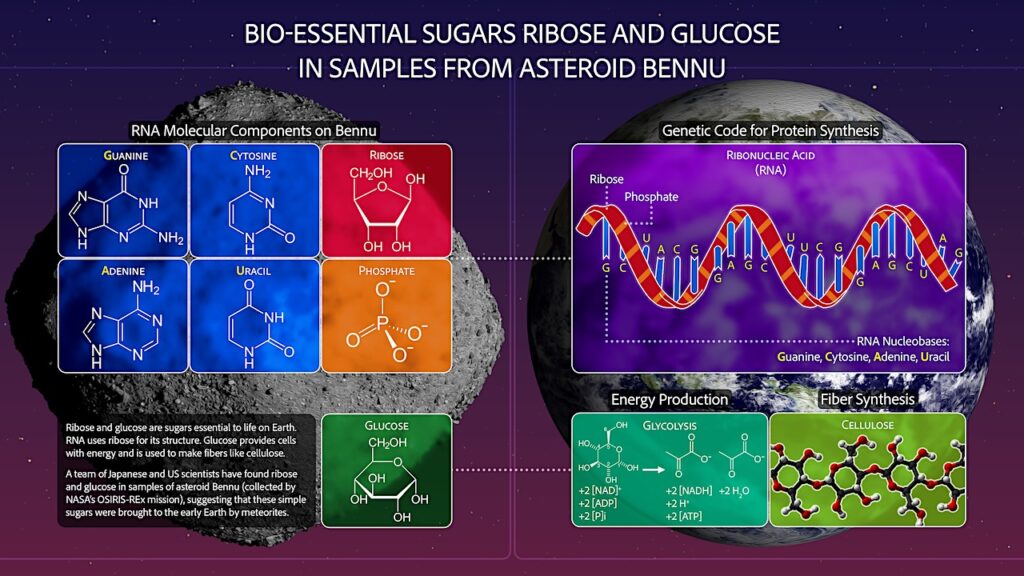The Abundance of Belatedly Habitable Planets And Ambiguities In Definitions Of The Continuously Habitable Zone

A planet’s history dictates its current potential to host habitable conditions and life. The concept of the Continuously Habitable Zone (CHZ) has been used to define the region around a star most likely to host planets with long-term habitability.
However, definitions of the CHZ vary in the literature and often conflict with each other. Calculating the fraction of habitable zone planets in the CHZ as a function of stellar properties, we find that the quality of a star as a host for planets with long-term habitability and biosignatures depends strongly on the formulation of the CHZ used.
For instance, older M stars are either excellent or sub-optimal hosts for CHZ planets, depending on whether one’s definition of habitability prioritizes the total time spent in the habitable zone or the continuity of habitable conditions from the delivery of volatiles to its current age. In this study, we focus on Belatedly Habitable Zone (BHZ) planets, i.e. planets which enter the habitable zone after formation due to the evolution of their host star.
We find that between ~29-74% of planets in the habitable zone belong to this class of BHZ planets depending on the timescale for the delivery of volatiles. Whether these planets can retain their volatiles and support habitable conditions is unclear. Since BHZ planets comprise a large portion of the planets we expect to survey for biosignatures with future missions, the open question of their habitability is an important factor for mission design, survey strategies, and the interpretation of results.
Noah W. Tuchow, Jason T. Wright
Comments: Accepted for publication in The Astrophysical Journal
Subjects: Earth and Planetary Astrophysics (astro-ph.EP); Solar and Stellar Astrophysics (astro-ph.SR)
Cite as: arXiv:2301.02961 [astro-ph.EP] (or arXiv:2301.02961v1 [astro-ph.EP] for this version)
Submission history
From: Noah Tuchow
[v1] Sun, 8 Jan 2023 02:25:47 UTC (400 KB)
https://arxiv.org/abs/2301.02961
Astrobiology








